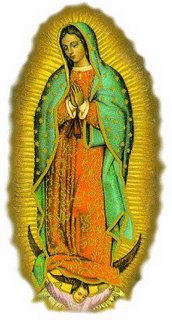Right now, I'm having a blast working my way back through my favorite space opera series, set in the Liaden Universe. They have one cliff hanger after another, an imaginative universe, and the series doesn't let you down through the entire storyline.
To give you a brief idea of where these books begin, here's a good summary from an
Amazon review by a fan:
Val Con yos'Phelium, undercover agent of change (aka spy), was just doing a routine mission on some backwater planet in the middle of the universe when his life changed. After completing his mission, he encountered a small spitfire of a woman and saved her life, for which she promptly repaid him by bashing his head in. When Val Con woke up, the spitfire dumped him, but Val Con was intrigued, so he followed her and saved her life again. Now Miri Robertson, whose life he had saved twice, was forced to deal with Val Con, honor demanded it. She was intrigued by Val Con, whom she nicknamed "Tough Guy", but definitely didn't want a partner. As a former mercenary and bodyguard, she could handle herself and, as a target for the powerful Juntavas crime ring, she couldn't trust anyone...However, both Val Con and Miri, both of whom were used to working alone, soon found that they worked well as partners. At least they would if Miri would stop trying to ditch Val Con at every opportunity. Val Con knew that Miri was something special, she made him feel things that he hadn't felt in years, she made him feel alive again. Miri didn't know what was wrong with Val Con, but she knew it had something to do with what he called The Loop, some kind of brain implant that gave him the odds of success on every mission/action he made. As they grew closer together, both Val Con and Miri realized that the Department of the Interior, who had trained Val Con as an agent, must have some ulterior motive in plan. But in order to find out what it was, they had to stay alive...
In order, the books I'm reading are below. Links go to my reviews on Goodreads.
I'm not as big a fan of Conflict of Honors which precedes the above books. However, I realized that I can't really recall it so am rereading.
I
am a fan of the two prequels to the above series.
- Local Custom (Shan's parents' story)
- Scout's Progress (about Val Con's parents) ... My review is simple: "Space opera gold." You can hear a sample of Scout's Progress when I featured it as an author excerpt at Forgotten Classics.
I encountered these when they were first being released. Since then, authors Sharon Lee and Steve Miller were discovered by many readers who became avid fans. They went on to write tons of Liaden books, but my favorites are the ones above. Dive in and enjoy!














